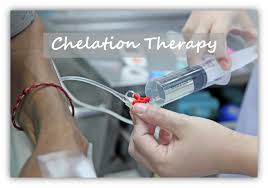
One Doctor’s Change of Heart About Chelation Part I of II
Back in 1999, Dr. Gervasio Lamas, a chief of cardiology in Florida, was happily involved in patient care, teaching, and research when a new patient came in asking for EDTA (ethylenediamine tetra acetic acid) chelation. Doctor Lamas told him that chelation was nonsense, quackery, expensive, and probably dangerous. The patient left. Later, the doctor, feeling bad about having been rude, decided to prove to himself that what he had told the patient was right. He learned a lot more than he expected and ended up leading the team that conducted the first National Institutes of Health (NIH) clinical trial to assess chelation therapy.
EDTA, a chelating agent, is like a baseball mitt with a magnet inside. The “baseball” that sticks in the center is a small ion with a positive charge, like calcium, lead, cadmium, and many other charged particles. Once it sticks, the kidneys harmlessly excrete both the EDTA and the small particle.
EDTA was an artificial amino acid first synthesized in Germany in 1937. Medical use started about 10 years later. By the 1950’s the medical community used infusions to treat high blood calcium levels and toxicity from digoxin, the only cardiac drug of that era. Realizing that patients who died of heart attacks had calcified coronary arteries, some doctors tried disodium EDTA infusions on 20 patients with severe coronary disease and, to their surprise, 19 showed improvement. The first paper of EDTA for coronary disease was published in 1956. In the 1960’s, some tiny clinical trials suggested that the benefit might be less than expected, and chelation dropped off the scene. By the early 1990’s, all medical associations either ignored chelation or declared it ineffective nonsense. State medical boards censured chelation practitioners, but the practice persisted. Alternative medicine physicians published cases showing that there was vascular benefit, but cardiologists did not read these non-mainstream journals.
Terry Pfau DO, HMD
